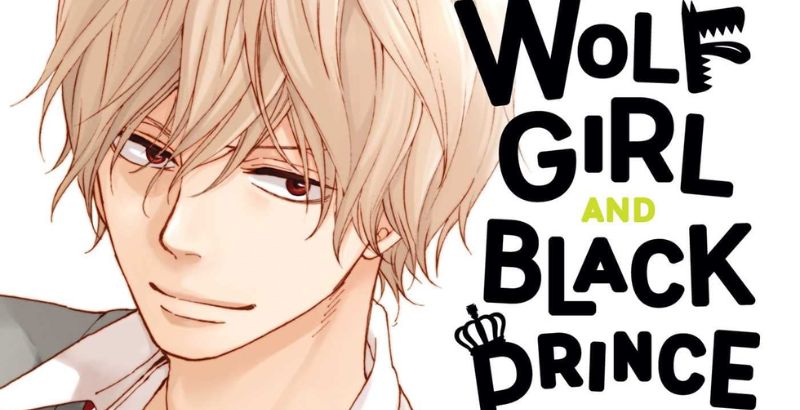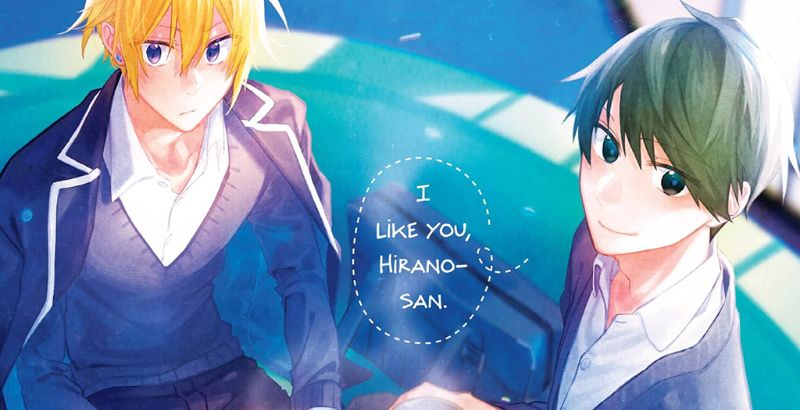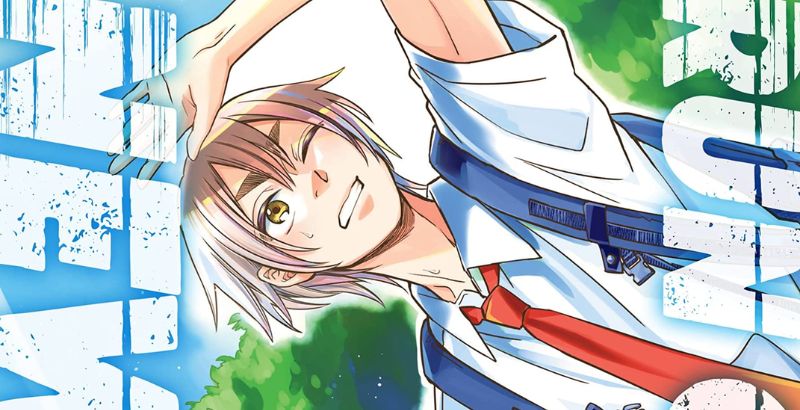
Eromanga Sensei, created and written by Tsukasa Fushimi and illustrated by rin, tells the story of Masamune, a 15-year-old light novel author who dreams of eventually turning one of his light novels into an anime. Masamune lives alone with his little 12-year-old step-sister Sagiri, who is a very reclusive girl who hasn’t left her room in over a year. Her shut-in habits are so bad that she even makes her brother cook and bring her meals.
Masamune wants his sister to leave her room and make more friends because the two of them are the only family they have left. Masamune soon learns that the artist behind the penname “Ero Manga Sensei,” who’s been illustrating the very erotic scenes of his light novel, is also his little sister. The manga focuses on the relationship between the two, as they start working slightly closer together and the relationships with the other light novel authors.
Volume 3 of Eromanga Sensei opens with Masamune getting professional advice on how to turn light into an anime from his neighbor and much more popular light novel author Elf Yamada. This volume also covers the aftermath of Masamune “confessing” and then attempting to explain the feelings he has towards his step-sister. And an acquaintance of Masamune, Megumi, tries to become friends with the only girl in her class she hasn’t yet, the reclusive Sagiri.
One thing I enjoyed in this volume was seeing some character development with Sagiri. In previous chapters, we learn that Sagiri is depicted as a hikikomori, a Japanese term that refers to are reclusive people that withdraw from society and practices extreme degrees of isolation. We learn that the cause of reclusiveness is related to her parents’ death. After her parents died, she withdrew from leaving her room and even limited communicating to her brother.
Once they both become aware that they’ve been working with one another, she starts to interact and communicate with him more. She even leaves her room to discuss a business plan with him in person. So it is a pretty big step for her to engage with anyone face to face, and towards the end of this volume, it was nice to see that Sagiri took a considerable step towards engaging with another person, besides her step-brother.
One of the most significant issues I had was the hyper-sexualizing underage female characters and overuse of fanservice. However, having been a fan of manga and anime for a long time, I understand that neither of these is new. That still doesn’t make it any less unsettling, especially when the ages of the female characters range from 12-15 years old. Specifically, there’s a scene where Megumi, a girl from Sagiri’s class, is on the phone with Masamune while she’s taking a bath. Keeping in mind that she is 12-years old, the same age as Sagiri, and yet she’s drawn with this hyper-sexualized body.
In regards to the fanservice, for those not familiar with the term, fanservice originated in Japanese anime and manga to describe moments done to please fans, more often than not with sexualized imagery. It refers to material in a piece of fiction or in a fictional series that is purposefully added to please the audience. Some examples of commonly seen fanservice in manga are cute, baby-faced girls drawn in very sexual situations and panty shots, and this manga is full of those.
And while I don’t have an issue with fanservice in general, I do feel that there are a time and place for it and there is also such a thing as too much. Especially when it comes to characters that are under age of consent and are still children, granted it is titled, Eromanga Sensei, for a reason, it implies there is bound to erotic elements involved, but if the characters were older, then I don’t think I would have such a big issue with all of the fanservice.
Lastly, I didn’t care for the hints of romance between Sagiri and Masamune in Eromanga Sensei. Granted they are step-siblings and aren’t blood-related in any way it still doesn’t sit well with me the manga implies there is some romantic chemistry between the two of them. As we see in some scenes throughout this volume where Masamune is trying to figure out and clarify what his feelings towards his step-sister mean. And again, this is a manga we’re talking about, so it’s not shocking to see the “Little Sister Complex” trope here. That still doesn’t mean I won’t cringe a little when I see it though.
Overall, besides some of the character designs and the little bits of character growth, there’s not much else I liked about Eromanga Sensei vol. 3. I’d be more interested if it focuses more on where Sagiri’s progress with becoming less reclusive and integrating back into society goes, but I get the sense that, that part of the story plays a minor role.
Eromanga Sensei Vol. 3
TL;DR
Overall, besides some of the character designs and the little bits of character growth, there’s not much else I liked about Eromanga Sensei vol. 3. I’d be more interested if it focuses more on where Sagiri’s progress with becoming less reclusive and integrating back into society goes, but I get the sense that, that part of the story plays a minor role.







